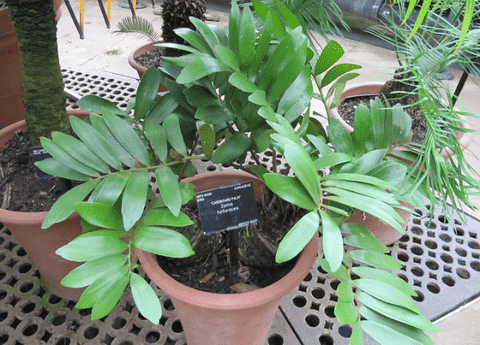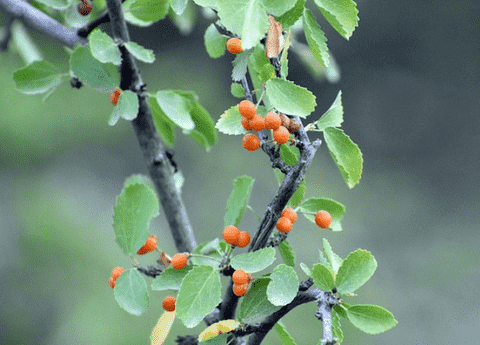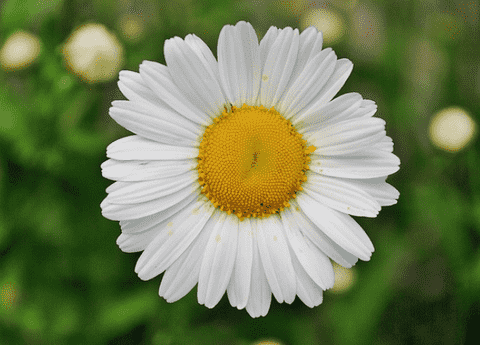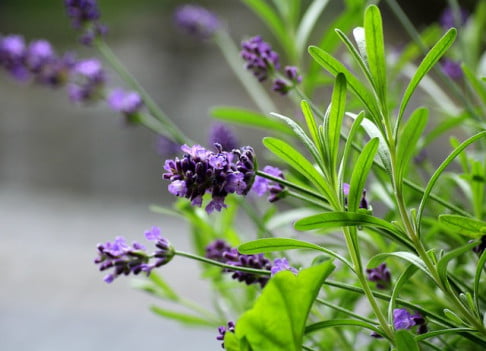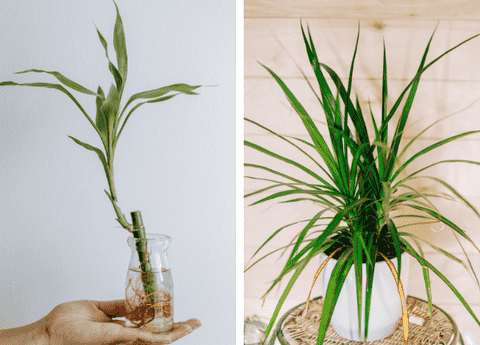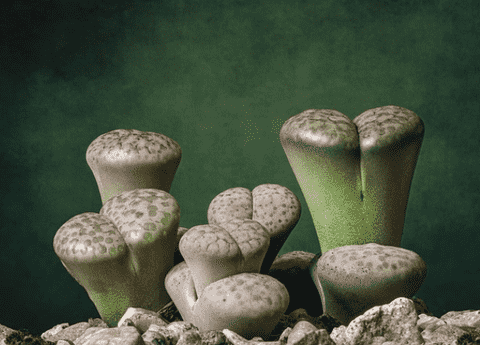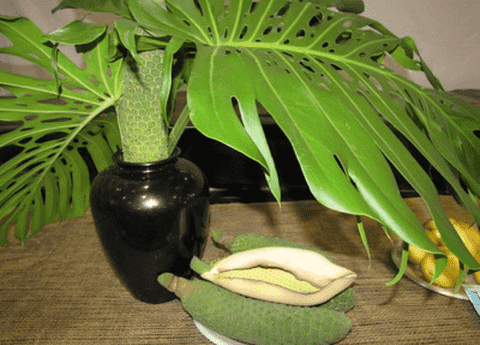ZZ Plant Care: Everything You Need to Know to Grow Beautiful Zamioculcas Zamiifolia
Table of Contents
The ZZ plant, or Zamioculcas Zamiifolia, has quickly become a favorite among garden enthusiasts and indoor plant lovers alike, thanks to its striking appearance and low-maintenance nature. Known for its glossy, deep green leaves and robust growth, this resilient plant can thrive in a variety of conditions, making it perfect for both novice and experienced gardeners. In this guide, we will delve into the essential aspects of ZZ plant care, covering everything from optimal lighting and watering practices to soil preferences and common issues. Join us as we explore the steps to ensure your ZZ plant remains healthy and vibrant, adding a touch of natural elegance to your home or garden.
Introduction to ZZ Plants
What is a ZZ Plant?
The ZZ plant, or Zamioculcas zamiifolia, is a tropical perennial that originates from Eastern Africa. Characterized by its waxy, dark green leaves, the plant is often appreciated for its architectural form and lush foliage. Each leaf is composed of several pairs of leaflets, which contribute to its feather-like appearance. The ZZ plant can grow to a height of 2 to 3 feet, making it an excellent choice for both tabletops and floor displays. Its ability to tolerate low light and infrequent watering makes it an ideal plant for busy individuals and low-light environments. In addition, the ZZ plant is known for its air-purifying qualities, making it a healthy addition to any indoor space.
Benefits of Growing ZZ Plants
Growing ZZ plants comes with numerous benefits that make them a popular choice among plant enthusiasts. Firstly, their low-maintenance nature means they require minimal care, making them perfect for those new to gardening or individuals with busy lifestyles. They are highly drought-tolerant and can survive in low-light conditions, reducing the need for constant attention. Additionally, ZZ plants have air-purifying properties. They effectively remove toxins such as xylene, toluene, and benzene from the air, contributing to a healthier indoor environment. Their glossy, dark green leaves add aesthetic appeal to any space, enhancing the décor with a touch of natural elegance. Lastly, ZZ plants are resilient and less prone to pests and diseases, ensuring they remain a long-lasting addition to your home or office.
Essential ZZ Plant Care Tips
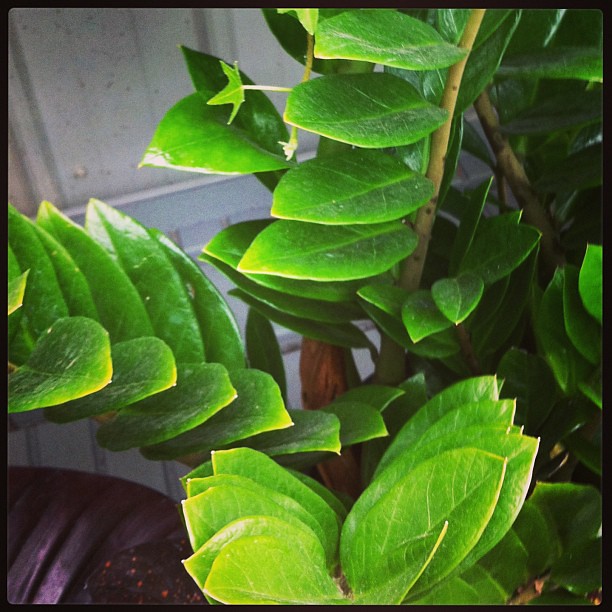
Ideal Lighting Conditions
ZZ plants are remarkably adaptable when it comes to lighting conditions, which is one reason they are so popular. They thrive in indirect light but can also tolerate low-light environments. Ideally, place your ZZ plant in a spot where it receives bright, indirect sunlight, such as near a north or east-facing window. This will promote healthy growth and maintain the vibrant green color of the leaves. While ZZ plants can survive in low-light conditions, prolonged exposure to very low light may slow their growth and cause the leaves to become less glossy. Avoid placing the plant in direct sunlight, as it can scorch the leaves and turn them yellow. If natural light is limited, ZZ plants can also do well under fluorescent lighting, making them suitable for office spaces and rooms with minimal natural light.
Watering Requirements
Watering a ZZ plant correctly is crucial to its health and longevity. One of the standout features of ZZ plants is their ability to store water in their rhizomes, making them highly drought-tolerant. As a general rule, it is better to underwater than overwater a ZZ plant. Permit the soil to fully dry between waterings. Typically, watering once every two to three weeks is sufficient, but this can vary depending on the humidity and temperature of your environment. During the winter months, decrease the frequency of watering since the plant’s growth slows down. Make sure the pot has proper drainage to avoid water buildup at the bottom, which can cause root rot. Always water the plant thoroughly until water drains out of the bottom, and then empty the saucer to avoid standing water. Following these guidelines will help keep your ZZ plant healthy and thriving.
Soil and Fertilizer Needs
ZZ plants are not particularly fussy about soil, but they do best in a well-draining potting mix. A standard potting soil mixed with sand or perlite is ideal for ensuring adequate drainage and preventing waterlogged roots. Avoid using heavy soils that retain moisture, as this can lead to root rot. When it comes to fertilizing, ZZ plants have modest needs. A balanced, water-soluble fertilizer diluted to half strength can be applied once a month during the growing season, which is typically from spring to early fall. Over-fertilizing can damage the plant, so it’s crucial to stick to the recommended dosage. During the winter months, when the plant’s growth slows down, you can skip fertilization altogether. Regularly refreshing the top layer of soil can also help provide necessary nutrients, keeping your ZZ plant healthy and vibrant throughout the year.
Troubleshooting Common Issues
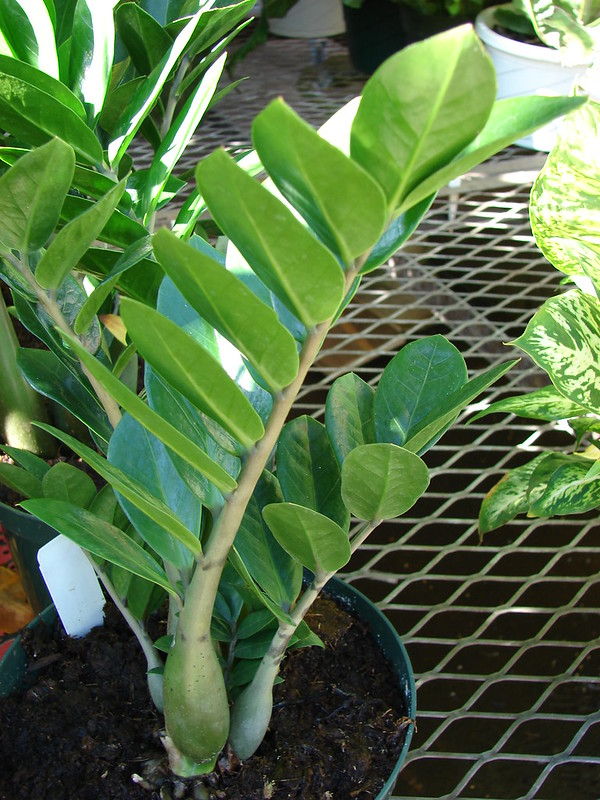
Yellowing Leaves
Yellowing leaves on a ZZ plant can be a sign of several issues, often related to watering practices. Overwatering is the most common cause, leading to root rot and subsequent yellowing of the leaves. To address this, ensure the soil dries out completely between waterings and that the pot has adequate drainage. If the roots are already damaged, consider repotting the plant in fresh, well-draining soil and removing any rotten roots.
Underwatering can also cause leaves to yellow, although this is less common. If you suspect underwatering, increase the frequency of watering slightly, but be careful not to overcompensate. Additionally, yellowing leaves may result from insufficient light. While ZZ plants can tolerate low light, they need some indirect sunlight to thrive. Relocate the plant to a brighter area if lighting is a concern. Regularly inspect your ZZ plant to catch and address yellowing leaves early, ensuring it remains healthy and vibrant.
Pest and Disease Control
ZZ plants are generally resilient and less prone to pests and diseases, but occasional issues can still arise. Common pests are spider mites, aphids, and mealybugs. These pests can be controlled with a gentle insecticidal soap or neem oil spray. Ensure you cover both the tops and undersides of the leaves for effective treatment. Wipe the leaves with a damp cloth to remove any remaining residues and pests.
Regarding diseases, root rot is the most significant concern and is primarily caused by overwatering or poorly draining soil. To prevent root rot, allow the soil to dry out between waterings and ensure the pot has proper drainage. If root rot occurs, remove the plant from its pot, cut away any affected roots, and repot it in fresh, well-draining soil. Regularly inspect your ZZ plant for signs of pests and diseases to catch problems early and maintain its health.

